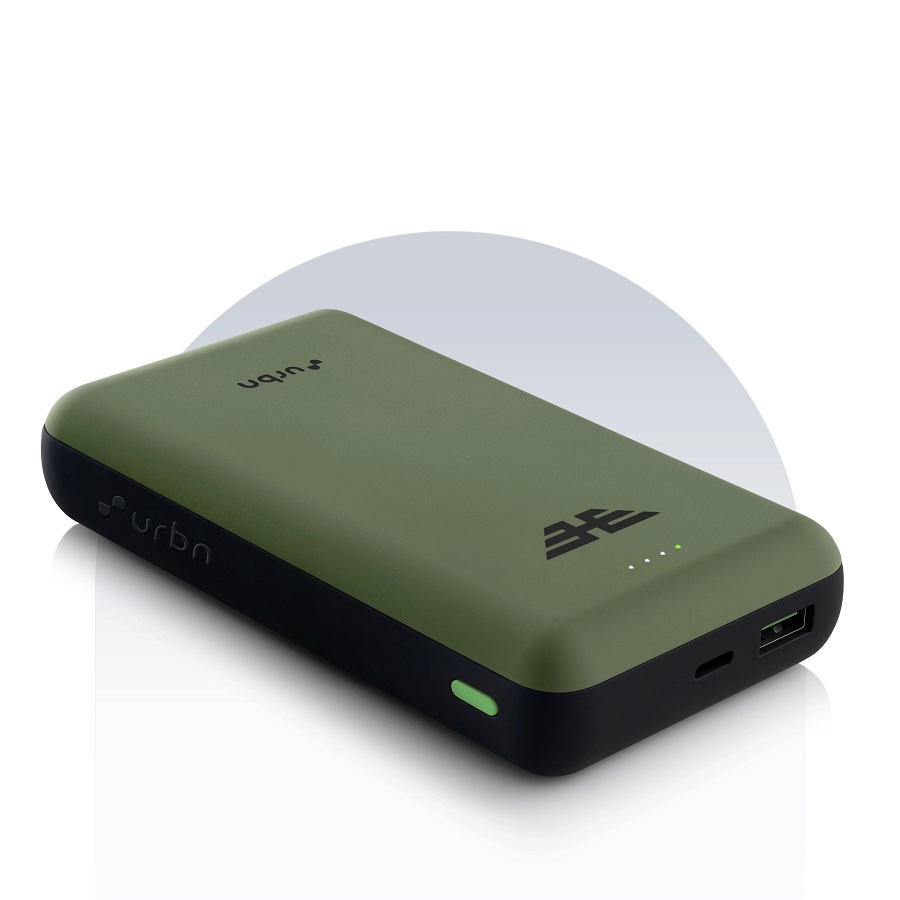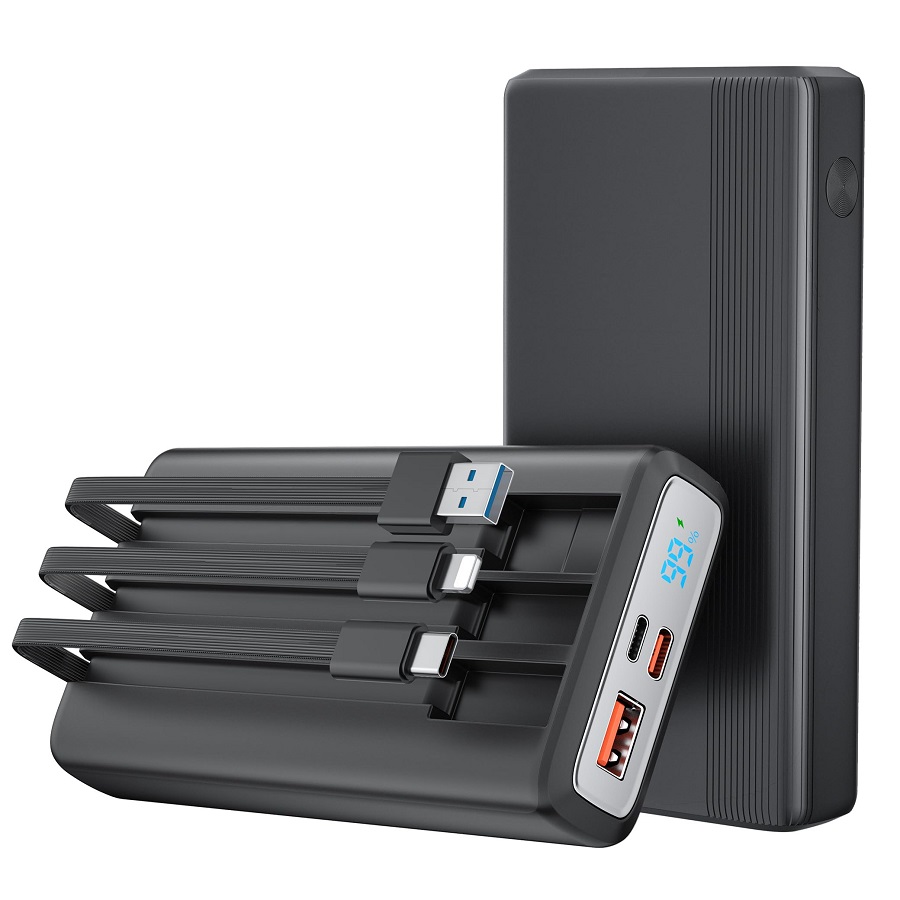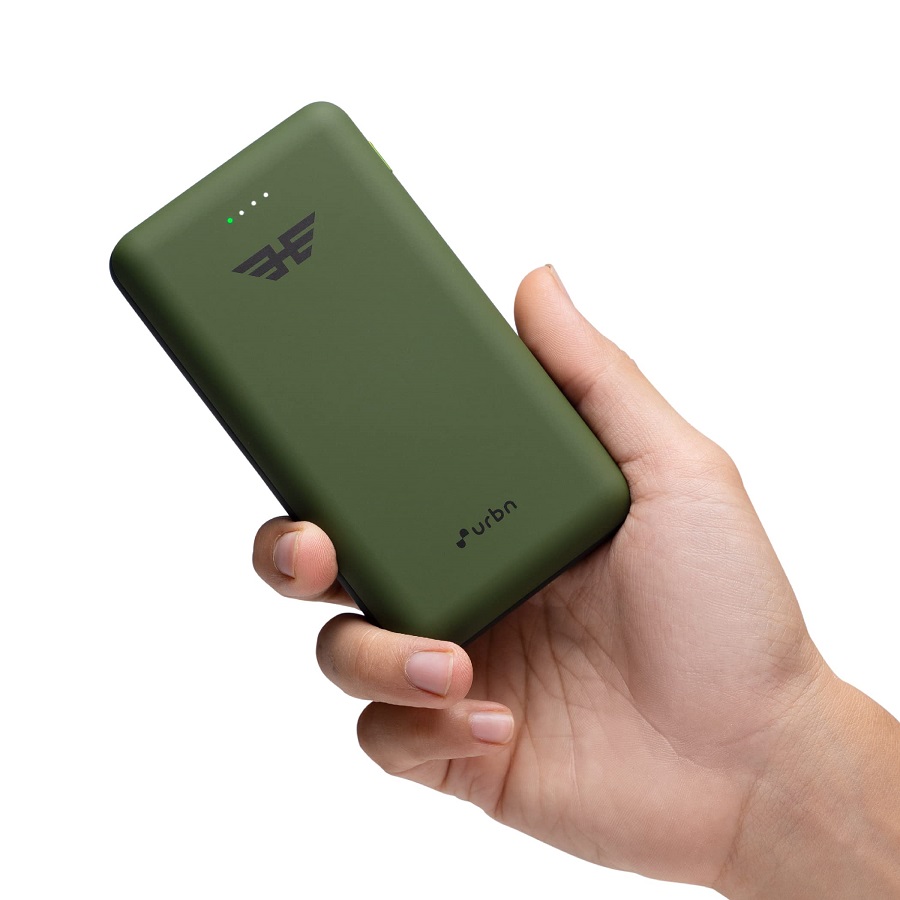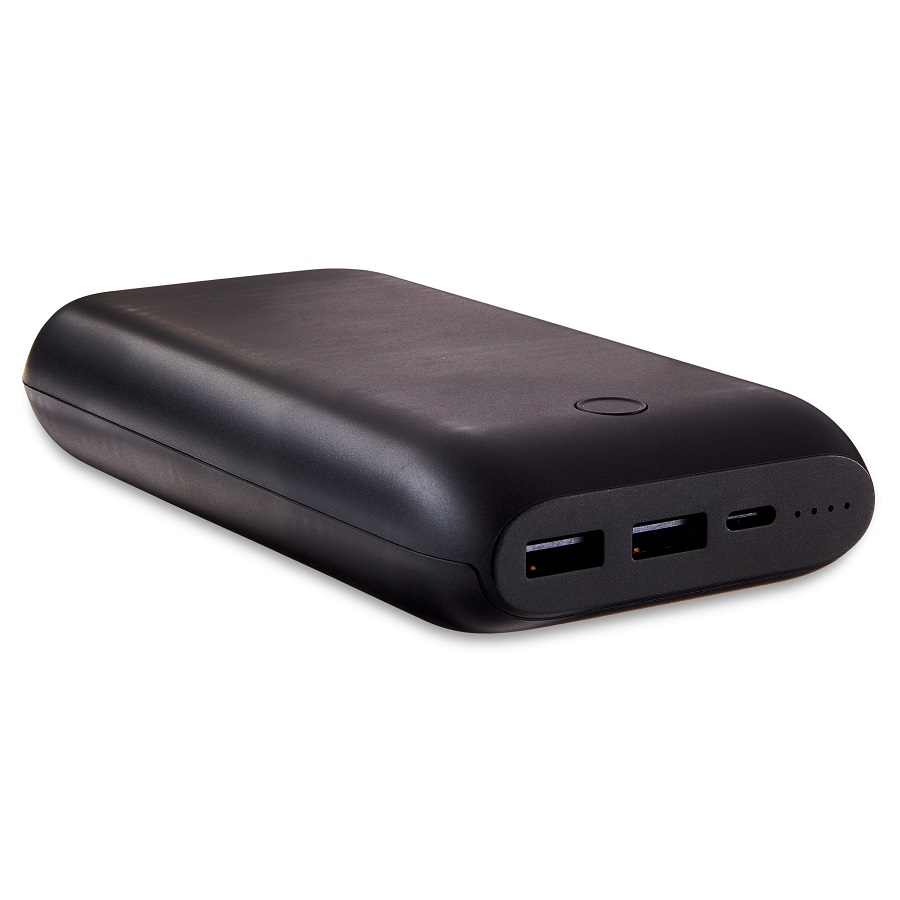Overview of Power Bank Regulations on Flights
Travelers often rely on power banks to keep their devices charged. But flight regulations for these devices are strict. Why? Because power banks can pose a fire risk. Airlines and authorities like the International Air Transport Association (IATA) set rules for carrying power banks on planes. Mainly, they focus on the watt-hour (Wh) rating. For most airlines, power banks over 160Wh are not allowed. Those between 100Wh and 160Wh need airline approval. Power banks under 100Wh are generally accepted without issue. But there’s a catch. You can only carry them in your hand luggage, not checked bags.
When considering bringing a power bank on a flight, always check the specific airline’s policy. For instance, Singapore Airlines restricts power banks to a lower 100Wh limit. Moreover, check the device’s packaging or use a simple calculation to determine its Wh rating. If your power bank is allowed, pack it properly. Avoid short circuits by insulating terminals and protect it with a case. And remember, even if your power bank meets regulations, you can’t use it during take-off or landing.
For safe air travel with your devices, it’s important to understand and follow these power bank regulations. Knowing them ensures that you, your devices, and fellow passengers stay safe.

Understanding Watt-hour (Wh) and Milliampere-hour (mAh) Ratings
To fly with a 20000mAh power bank, you must know the watt-hour (Wh) rating. Airlines use Wh to measure a battery’s energy capacity. Higher Wh means more energy. Milliampere-hour (mAh) tells you the battery’s charge capacity.
What is a Watt-hour (Wh)?
A watt-hour is a unit of energy. It equals one watt of power used for one hour. It’s vital for assessing power banks on flights.
What is a Milliampere-hour (mAh)?
Milliampere-hour shows battery charge capacity. It’s the amount of charge a battery can hold. More mAh means the battery can run longer before needing a recharge.
Converting mAh to Wh
To fly with your power bank, convert its mAh to Wh. Here’s how:
Wh = (mAh \* Voltage) / 1000. Most power banks use 3.7V. For a 20000mAh power bank, the calculation is:
Wh = (20000mAh \* 3.7V) / 1000 = 74Wh.
A 20000mAh power bank usually falls under the safe limit for flights. But check with your airline. They might have tighter rules. Pack your charged power bank in your carry-on. It’s not allowed in checked luggage. Safety first when bringing power banks on planes.
Conditions for Carrying Power Banks on Planes
When planning to fly with a power bank, certain conditions must be met. These are in place to ensure safety during the flight. Let’s outline these conditions:
Power Bank Placement
Always carry your power bank in your hand luggage, not checked baggage. This allows for better handling in case of an incident.
Watt-hour (Wh) Limit
Confirm your power bank is within the acceptable Wh limit. Usually, anything under 100Wh is good for hand luggage.
Airline Approval for Larger Power Banks
If your power bank is between 100Wh and 160Wh, get approval from the airline before you travel.
No Power Banks Over 160Wh
Power banks exceeding 160Wh are not permitted on planes. Check your power bank’s Wh rating to be sure.
Protecting Against Short Circuits
Cover the power bank’s terminals to prevent short circuits. Use insulation tape or a protective case.
Keeping Power Banks Charged
Ensure your power bank is charged. A dead power bank might be discarded at security checks.
These conditions align with standard aviation safety practices. They aim to minimize the risk of in-flight fires caused by battery malfunctions. By adhering to these regulations, you contribute to a safer travel experience for yourself and others.

Specific Airline Policies for Power Bank Transportation
Before you fly, it’s crucial to look into specific airline policies regarding power bank transportation. Each airline may have different rules that go beyond the general guidelines provided by aviation authorities like IATA. Here’s what you need to know:
Check the Airline’s Power Bank Restrictions
Firstly, confirm if your 20000mAh power bank is allowed. Airlines have different restrictions on power bank capacity, often determined by the watt-hour (Wh) rating. While most airlines allow power banks under 100Wh without special approval, some, like Singapore Airlines, have stricter limits and might allow only up to a specific Wh rating, such as 100 Wh, without special permission.
Airline Approval for Medium-Sized Power Banks
If your power bank falls between 100Wh to 160Wh, you must seek prior approval from the airline. The approval process might require providing details about the power bank, so keep your device’s documentation handy.
Above 160Wh is Prohibited
Power banks above 160Wh rating are generally prohibited on flights across airlines. You will need to transport these as cargo under strict regulations and not as part of your carry-on or checked luggage.
Learn How to Calculate the Power Rating
Understand how to calculate your power bank’s Wh rating from its mAh value, as this is critical when communicating with airlines about your device. However, always check if the rating is already specified on your power bank to save time and effort.
Additional Airline Requirements
Some airlines may require that power banks be carried in original packaging or a protective case to prevent short circuits. Always read through the airline’s terms before packing to ensure you meet every condition for safe transport.
By following these airline-specific policies, travelers can navigate through airport security with ease, ensuring that their 20000mAh power bank is transported safely and in compliance with all flight regulations.
Safety Tips for Using Power Banks on Flights
Using power banks on flights requires careful attention to safety protocols. Here are crucial tips to keep in mind:
Carry Power Banks in Hand Luggage
Always have your power bank in your hand luggage, never in checked bags. This ensures direct oversight.
Follow Watt-hour (Wh) Regulations
Ensure your power bank complies with flight limits for watt-hours. Generally, keep it below 100Wh for hassle-free travel.
Seek Airline Approval When Necessary
For power banks between 100Wh and 160Wh, get the airline’s okay before flying.
Use Power Banks Responsibly During Flight
Only use power banks when permitted, usually when the plane is at cruising altitude. Avoid usage during take-off or landing.
Protect Against Short Circuits
Prevent short circuits by covering your power bank’s terminals. This can be done with insulation tape or by using a protective case.
Charge Your Power Bank Prior to Travel
Make sure your power bank is charged before the trip. If security needs to test it, it must turn on.
Monitor Heat Emission
Be alert to your power bank getting too hot. This could signal a malfunction. Stop use if excessive heat is noted.
Handle with Care
Treat your power bank gently. Don’t drop it, and avoid forceful impacts that could damage internal components.
By adhering to these safety tips, passengers can ensure that their journey with a power bank is without incident and in line with flight safety regulations.

Guidelines for Packing Power Banks in Luggage
When you’re packing for a flight, remember to handle your power bank properly. Here’s a quick and easy guide to ensure you meet airline regulations and keep your devices — and fellow passengers — safe.
- Carry in Hand Luggage: Place your power bank in your carry-on bag, not in your checked luggage. This makes it easier to manage any issues and complies with aviation laws.
- Check for Watt-hour Rating: Know your power bank’s Wh rating. It shouldn’t exceed 100Wh for most airlines. If it does, you may need pre-approval from the airline.
- Use Protective Covers: Protect the terminals to avoid short circuits. Use tape or a protective case.
- Avoid Physical Damage: Handle your power bank with care. Drops and impacts can damage it and pose a safety risk.
- No Metal Contact: Keep your power bank away from coins, keys, or other metal items. They can cause a short circuit.
- Stay Cool: Don’t pack your power bank in warm, closed-off areas. Heat can lead to malfunctions.
- Keep it Accessible: Have your power bank handy for security checks. If asked to turn it on, it should be easily reachable.
By following these simple guidelines, you can travel safely with your 20000mAh power bank, ensuring you stay connected during your journey.
Selecting the Right Power Bank for Air Travel
When choosing a power bank for air travel, consider a few key points. These tips will help you pick a device that’s both practical and compliant with flight regulations.
Look for a Trusted Brand
Go for well-known brands. They ensure quality and safety for your journey.
Check the Watt-hour (Wh) Rating
Make sure it’s under 100Wh to avoid approval hassles. Higher ratings need airline permission.
Opt for a Reasonable Capacity
Is 20000mAh power bank allowed in flight? Yes, if it matches the Wh criteria. It usually does.
Prioritize Portability
Choose a compact design. It makes carrying and storing in-flight easier.
Examine Safety Features
Check for overheat protection and a sturdy build. These protect against in-flight risks.
Confirm Airline Compatibility
Some airlines, like Singapore Airlines, have stricter rules. Always check with your carrier.
By following these guidelines, you’ll have a suitable power bank for your next flight. It ensures you stay connected while complying with all the regulations.
Steps to Take if Your Power Bank Doesn’t Meet Flight Requirements
If your power bank exceeds flight restrictions, here’s what you can do:
Assess the Power Bank’s Requirements
Review the Wh rating. Make sure it’s correct. Don’t guess. If it’s over the limit, you can’t fly with it.
Contact the Airline
Reach out to your airline for help. They can give you advice. This may include getting approval or finding other options.
Check for Alternatives
Look for a power bank within limits. There are many that meet flight standards. Buy one, if necessary.
Consider Shipping Your Power Bank
Send your power bank ahead by cargo or mail. It’s safe and follows regulations. But plan this early.
Use Airline Charging Options
Some planes have USB ports. Use these to charge your devices. This way, you don’t need a power bank.
Borrow from Travel Companions
Your friends might have approved power banks. Ask to share theirs. It’s a good temporary fix.
Explore Airport Facilities
Many airports have charging stations. Use them while waiting. But keep an eye on your device.
By taking these steps, you can resolve issues with power banks that don’t meet flight requirements. Be proactive and look for viable solutions to stay connected safely on your travels.


